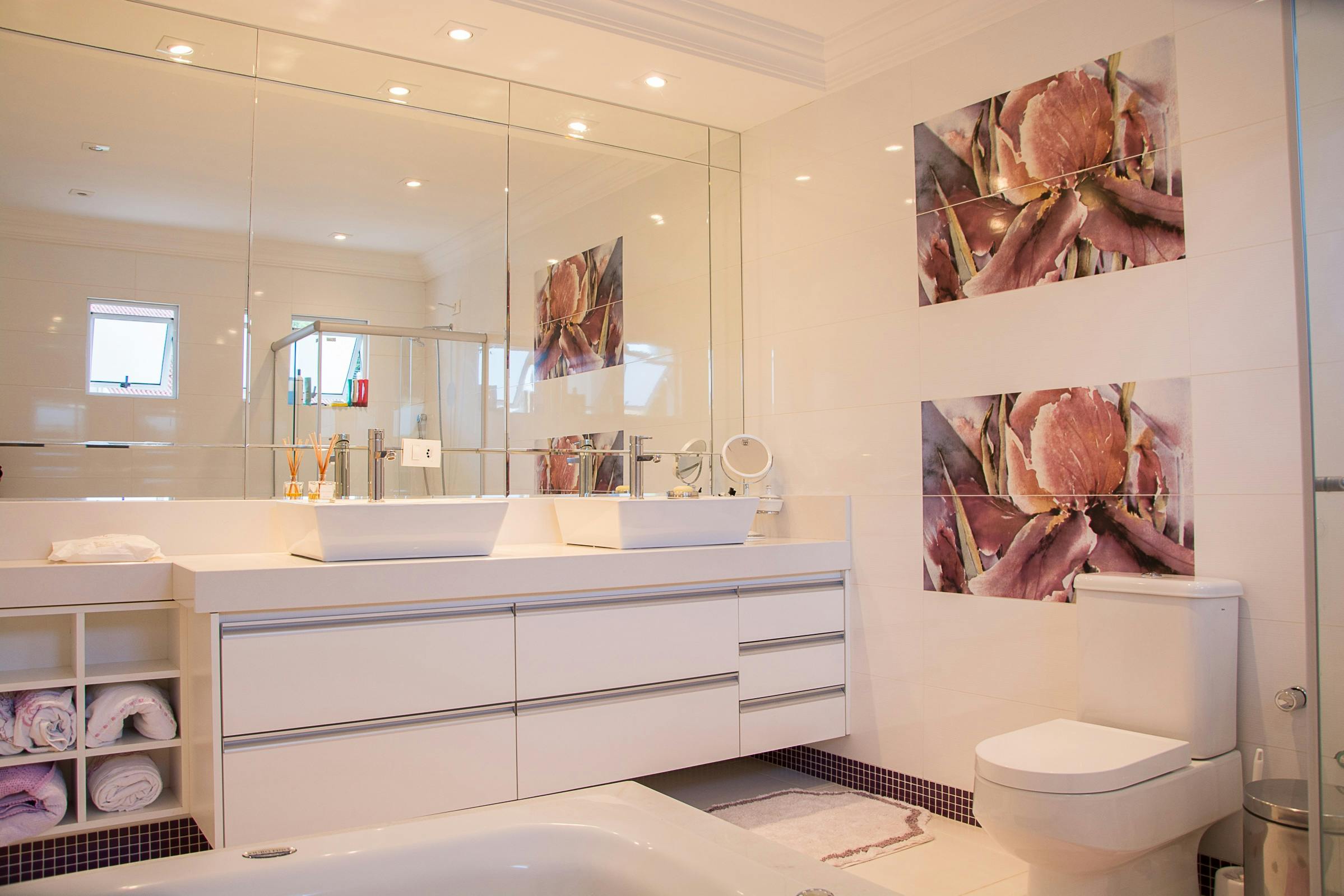Ever found yourself wondering if your bathroom vanity really needs a backsplash? You’re not alone. This seemingly small design choice can actually have a big impact on both the functionality and aesthetics of your bathroom.
A backsplash can protect your walls from water damage, soap scum, and other daily messes. Plus, it adds a stylish touch that can tie your whole bathroom together. But is it always necessary? Let’s dive into the pros and cons to help you decide what’s best for your space.
Understanding the Purpose of a Backsplash
Backsplashes protect walls from water damage and enhance the aesthetic appeal of your bathroom.

Protection Against Water Damage
A backsplash acts as a barrier, preventing water from seeping into the wall. Over time, constant exposure to water can cause mold and mildew. Backsplashes provide an easy-to-clean surface, reducing maintenance.
Enhancing the Aesthetic Appeal
Backsplashes offer a chance to add style and personality to your bathroom. Choose from materials like tile or stone to match your design. They also present an opportunity to incorporate colors and patterns, creating a focal point.
Materials Commonly Used for Backsplashes
Choose a backsplash material that matches your bathroom’s design and functionality needs.
Ceramic Tile
Ceramic tile is durable and affordable. It’s easy to clean and available in various colors and patterns. Install these tiles to create either a subtle or bold statement.
Glass
Glass adds elegance and modern appeal. It resists stains and mold, making it hygienic. Use frosted or colored glass to enhance the visual interest of your space.
Stone
Stone offers a natural and luxurious look. Options include marble, granite, and travertine. Despite being pricier, it’s durable and adds significant value to your home. Seal stone regularly for maintenance.
Pros and Cons of Installing a Backsplash
There are various pros and cons to consider when deciding whether to install a backsplash for your bathroom vanity.
Advantages of a Backsplash
Backsplashes protect walls. They prevent water damage. They add a decorative element. They come in various materials like ceramic, glass, and stone. They increase home value. Backsplashes are easy to clean and maintain.
Potential Drawbacks
Installation costs can be high. They may require professional installation. Certain materials need regular upkeep. Stone backsplashes need sealing. Design choices could limit future remodels. Some materials stain easily without proper care.
Installation Tips for a Bathroom Vanity Backsplash
Consider a backsplash for function and style. Here are essential installation tips.
Measuring and Fitting
Measure the area accurately. Record the width and height in inches. Cut materials precisely; any gap affects appearance and protection. Verify fittings with a dry run before applying adhesive.
Choice of Adhesive and Grouting
« Do Smart Plugs Really Save Electricity? Discover Genius Uses to Slash Your Energy Bills
Does a Dark Accent Wall Make a Room Look Bigger? Discover the Surprising Truth »
Use a specialized adhesive. Thin-set mortar works well for tiles. Match grout color to your tiles’ hue. Ensure the grout is water-resistant for durability. Apply grout evenly for a smooth finish. Allow drying per manufacturer’s instructions.
Conclusion
Choosing whether to add a backsplash to your bathroom vanity is a decision that balances aesthetics and practicality. While it can protect against water damage and add a decorative touch, it does come with costs and maintenance considerations. If you decide to go for it, pay close attention to the installation process to ensure a sleek and durable finish. A well-chosen and properly installed backsplash can truly elevate your bathroom’s look and functionality. So, weigh the pros and cons and think about what suits your space best.









